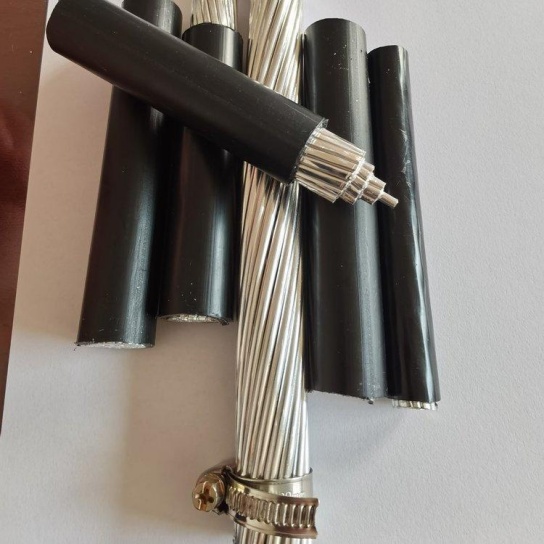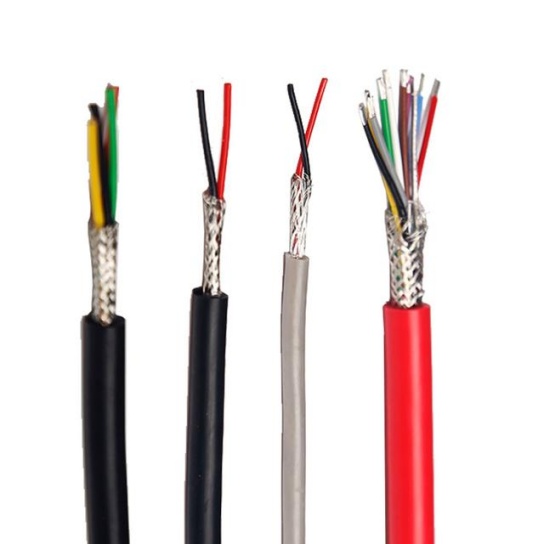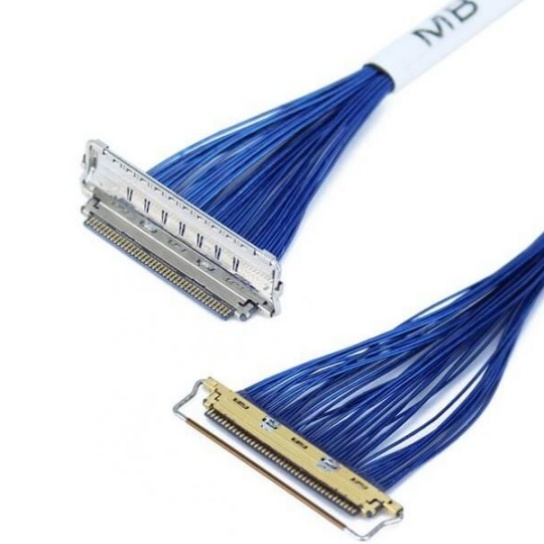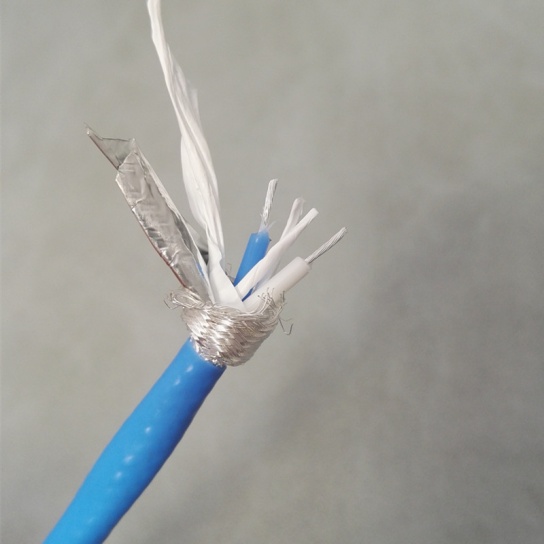Aircraft Cable Assemblies: Custom Lengths for Specific Aircraft Designs
Aircraft cable assemblies function as the vital “circuits” that power avionics, flight control systems, and power distribution—making their fit and performance non-negotiable for safe aircraft operation. For specific aircraft designs, from compact general aviation planes to large commercial jets and rugged military helicopters, off-the-shelf standard-length cables fall short. Custom-length aircraft cable assemblies are not just a preference but a requirement, as each aircraft’s unique spatial layout, system demands, and environmental conditions demand precision-tailored solutions. Using ill-matched standard lengths risks signal degradation, mechanical strain on connectors, or excess weight (a critical concern for fuel efficiency)—all of which compromise safety and performance.
Key Considerations for Custom-Length Aircraft Cable Assemblies
The success of custom-length cable assemblies lies in aligning design with the aircraft’s unique needs. Below are the critical factors to prioritize:
1. Aircraft Type and System Requirements
Every aircraft category has distinct spatial and functional constraints. Commercial jets (e.g., Boeing 787, Airbus A350) require long-span cables to connect avionics from the flight deck to tail-mounted transponders, navigating around fuel lines and structural beams—lengths must be calculated to avoid slack (which can catch on moving parts) or tension (which damages connectors). In contrast, military helicopters (e.g., AH-64 Apache) need shorter, robust cables for weapons control systems, as their compact fuselages leave no room for excess wiring, and cables must withstand high vibration. For general aviation planes (e.g., Cessna 172), custom lengths are tailored to tight cockpits and light-weight systems, ensuring cables fit without crowding critical controls.
System-specific needs further drive length: Navigation systems, for example, require low-signal-loss cables—longer lengths demand conductors (like silver-plated copper) that minimize resistance, while power cables for landing gear need lengths that accommodate mechanical movement without stretching.
2. Material Compatibility and Environmental Resilience
Custom length cannot be isolated from material choice. Aircraft operate in extreme environments—engine compartments reach 200°C+, while cargo holds face sub-zero temperatures—and cables must resist fire, chemicals, and electromagnetic interference (EMI). For long cables (e.g., 15–20 meters in wide-body jets), silver-plated copper conductors reduce electrical resistance over distance, ensuring signal integrity. Near engines, Teflon or silicone-insulated cables (with custom lengths fitting tight gaps) prevent insulation breakdown. In humid or corrosive zones (e.g., coastal aircraft operations), nickel-plated connectors paired with exact-length cables avoid moisture buildup in excess slack.
3. Regulatory Compliance (FAA, EASA, ASTM)
Aerospace standards leave no room for error. Custom-length assemblies must meet FAA Part 25 (commercial aircraft), EASA CS-25, and ASTM E162 (fire resistance) requirements. For example, a custom cable for a regional jet’s cabin pressure system must not only have the exact length to reach from the control unit to the fuselage valve but also pass flame tests to ensure it does not propagate fire. Length calculations are integrated into compliance—too much slack, for instance, could violate smoke-emission limits if the cable melts in a fault scenario.
The Custom-Length Cable Assembly Process
Turning aircraft design needs into functional cables follows a structured, precision-driven workflow:
- Needs Assessment & Engineering Collaboration
Manufacturers partner with aircraft designers to review 3D CAD models, system specs (signal frequency, current load), and environmental data. For a drone’s navigation system, this means mapping cable routes through the lightweight frame to determine a 1.2-meter exact length; for a cargo plane’s door actuator, it involves accounting for mechanical movement to set a 3.5-meter length that avoids strain when the door opens.
- Prototype Development & Testing
A prototype is built to validate length and performance. Tests include:
- Tensile strength (ensuring the cable withstands installed tension without stretching);
- Signal attenuation (measuring loss over the custom length—critical for avionics);
- Environmental resistance (exposing to extreme temps or vibration).
If a 5-meter cable for a communication system fails attenuation tests, the conductor material is adjusted before production.
- Mass Production & Quality Control
Automated machinery cuts cables to ±0.5% length accuracy. Each unit undergoes:
- Electrical continuity checks (no conductor breaks);
- Insulation resistance tests (preventing short circuits);
- Visual inspections (no connector damage).
This ensures consistency—whether producing 100 1-meter drone cables or 50 20-meter jet cables.
Core Benefits of Custom-Length Solutions
For aircraft designers and operators, custom-length cable assemblies deliver tangible value:
- Weight & Space Savings: Eliminating slack reduces aircraft weight (a 1kg reduction cuts annual fuel costs by hundreds of dollars for commercial jets) and optimizes tight spaces (e.g., helicopter fuselages).
- Reliability: Exact lengths minimize connector strain and insulation wear, reducing system failures. Military aircraft, for example, see 30% fewer cable-related malfunctions with custom solutions.
- Faster Maintenance: Custom cables are labeled with length, system, and location, making replacement quick—cutting aircraft downtime from hours to minutes for airlines.
When precision, compliance, and performance matter for your aircraft’s cable needs, FRS stands as a trusted aerospace manufacturing partner. With deep expertise in custom-length aircraft cable assemblies, FRS collaborates closely with clients to tailor solutions for commercial, military, and general aviation designs. We adhere to FAA, EASA, and ASTM standards, using high-grade materials (silver-plated copper, fire-resistant insulation) and a rigorous process—from CAD-driven design to prototype testing and precision production—to ensure every cable fits perfectly and performs reliably. For your next aircraft project, choose FRS to turn your specific cable length requirements into durable, flight-ready solutions.






